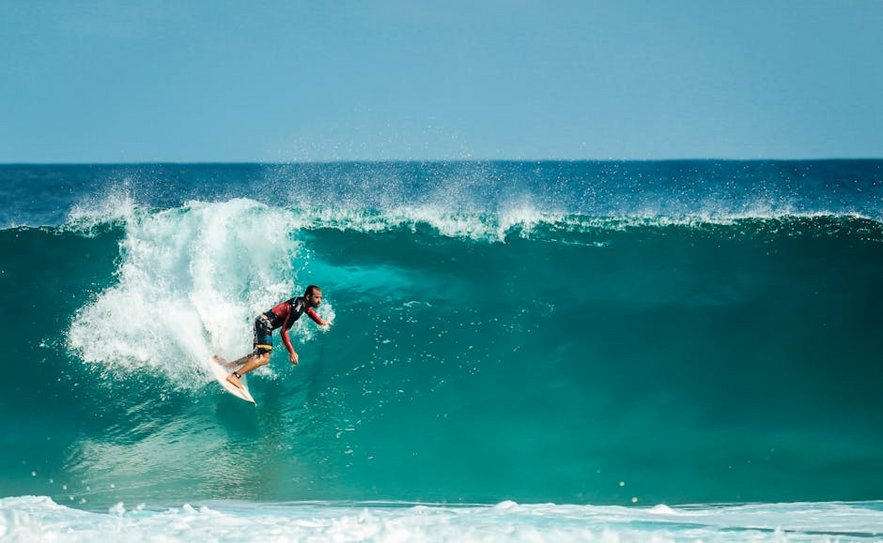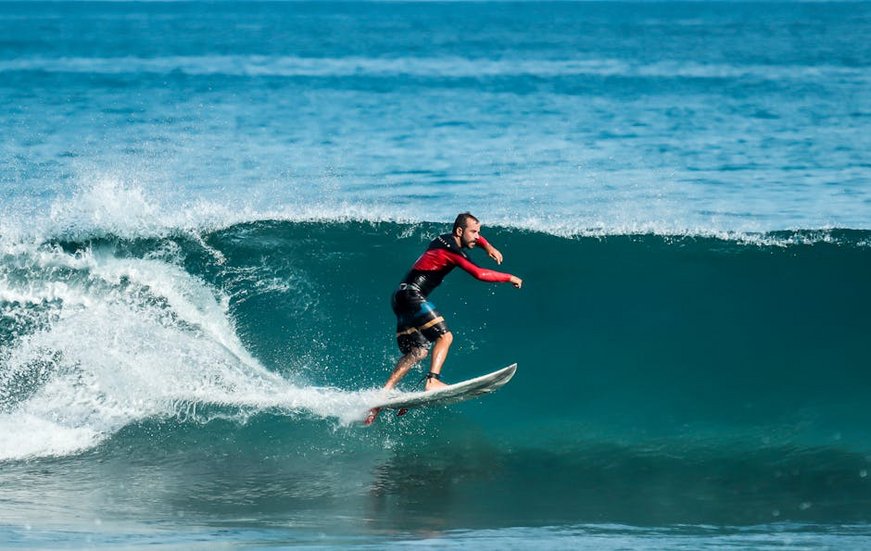Brazil Fernando de Noronha Marine Park: Atlantic Ocean Sanctuary
Brazil Fernando de Noronha Marine Park protects one of the South Atlantic’s most biodiverse ecosystems across its 21 volcanic islands and surrounding waters. This UNESCO World Heritage site spans 1,200 square kilometers with pristine beaches, dramatic cliffs, and marine habitats supporting dolphins, sea turtles, and vibrant coral formations. Our guide provides detailed planning advice, activity recommendations, and essential tips for experiencing this protected archipelago responsibly.
Essential Archipelago Information
Fernando de Noronha lies 354 kilometers off Brazil’s northeastern coast, accessible via flights from Recife or Natal. The archipelago’s volcanic origins date back 12 million years, creating unique geological formations and rich nutrient upwellings that sustain diverse marine life. Only the main island hosts permanent residents and tourist infrastructure, with strict visitor limits to preserve the environment.
Brazil established the marine protected area in 1988, later achieving UNESCO status in 2001 for its exceptional universal value. Conservation efforts focus on protecting endangered species like spinner dolphins and green sea turtles that breed in the sanctuary’s sheltered bays. The park implements daily visitor caps and environmental taxes to maintain ecological balance while allowing sustainable tourism.
Location and Geographical Features
The archipelago’s isolation creates unique ecosystems with crystal-clear visibility exceeding 30 meters during dry season. These conditions support over 230 fish species and 15 coral types throughout the marine reserve.
- Main Island measures 17 square kilometers with hiking trails connecting 16 beaches across varying landscapes
- Baía dos Golfinhos hosts approximately 1,200 spinner dolphins daily in the world’s largest resident population
- Protected bays like Baía do Sancho feature natural pools and vertical access points through rock fissures
- Budget travelers should allocate $150-250 daily covering hostel accommodations, self-catered meals, and independent beach visits while excluding expensive tours
- Mid-range visitors typically spend $300-500 daily including comfortable pousada lodging, restaurant meals, and two guided activities like snorkeling or hiking
- Luxury experiences range from $600-1000+ daily featuring premium resorts, private boat charters, gourmet dining, and personalized guided excursions
- Fernando de Noronha Administration District
- UNESCO World Heritage Centre
Wildlife and Conservation Status
Marine biodiversity peaks between September and March when sea turtles nest on deserted beaches and humpback whales migrate through Atlantic waters. The park’s protection programs monitor species populations while maintaining strict guidelines for human interaction. Visitors must maintain distance from wildlife and follow designated trails to minimize environmental impact.
Endemic species include the Noronha skink and numerous seabirds that nest on offshore islets away from main tourist areas. Park rangers conduct daily patrols to ensure compliance with preservation rules and provide educational programs about local ecosystems. The marine sanctuary successfully maintains healthy predator-prey relationships through careful management.
Historical Significance
Portuguese explorers first documented the islands in 1503, with subsequent occupations by Dutch, French, and Brazilian forces. Historical structures include 18th-century fortifications at Vila dos Remédios, which now serve as cultural heritage sites. The islands transitioned from political prison to environmental treasure throughout the 20th century.
Modern conservation efforts began when researchers recognized the area’s ecological importance during the 1970s scientific expeditions. Brazil’s environmental agency implemented the marine park designation following studies revealing unique species interdependence. Current management balances preservation with controlled public access through the Noronha Tourism District.

Alt: “fernando-de-noronha-marine-park-underwater-coral-reef-diversity”
Planning Your Brazil Fernando de Noronha Marine Park Trip
Visiting this protected archipelago requires careful advance planning due to limited infrastructure and environmental regulations. Secure flights and accommodations three to six months before travel, particularly for peak season between August and December. The marine park’s preservation tax and visitor caps make spontaneous trips impractical without prior arrangements.
Budget considerations should include the mandatory Environmental Preservation Fee that increases with longer stays. Daily rates progress from approximately $20 for one day to over $100 for stays exceeding ten days. These funds directly support conservation projects and maintenance of the island’s fragile ecosystems.
Best Time to Visit Fernando de Noronha
Prime visiting months run from August through November when rainfall decreases to under 50mm monthly and water visibility reaches 40 meters. Air temperatures range from 77°F to 86°F (25°C to 30°C) with ocean temperatures between 79°F and 82°F (26°C to 28°C). These conditions optimize wildlife viewing and water activities without extreme heat.
December through March brings warmer waters at 82°F-84°F (28°C-29°C) but increased rainfall that can affect boat tours. Shoulder season in April through July offers lower accommodation prices but reduced underwater visibility around 20 meters. Consider your priority activities when selecting travel dates.
Budget Planning and Costs
Fernando de Noronha operates at premium pricing due to its remote location and limited resources.
Essential Preparation Checklist
Pack quick-dry clothing, reef-safe sunscreen, and waterproof bags to protect electronics during boat transfers. Bring certified diving credentials if planning scuba activities, as operators require documentation before conducting dives. Sturdy water shoes prove essential for rocky shore entries and coral protection.
Secure comprehensive travel insurance covering medical evacuation since the island’s medical facilities handle only basic emergencies. Book intercontinental flights into Recife or Natal with separate regional flights to Fernando de Noronha Airport (FEN). Confirm all reservations well in advance due to limited availability.
Top Attractions and Activities
Fernando de Noronha’s protected waters and dramatic landscapes offer world-class nature experiences across terrestrial and marine environments. The archipelago’s limited development preserves natural beauty while providing structured access to key sites. Park regulations ensure sustainable visitation through timed entries and guided group sizes.
Marine activities dominate visitor itineraries with snorkeling, diving, and wildlife watching available through licensed operators. Terrestrial adventures include hiking volcanic trails with panoramic ocean views and visiting historical sites documenting the islands’ layered past. Combination tickets provide access to multiple attractions while supporting conservation efforts.
Must-See Highlights
Baía do Sancho consistently ranks among the world’s best beaches with its turquoise waters and vertical cliff access. Visitors descend ladders through rock crevices to reach the secluded shoreline surrounded by rich marine life. Arrive before 9am to avoid crowds and experience optimal conditions for swimming and snorkeling.
Dolphin Bay observation platform opens from 6am to 8am for viewing spinner dolphins in their natural nursery habitat. Professional guides provide educational commentary about dolphin behavior and conservation efforts. The nearby São Miguel Palace ruins offer historical context about the islands’ colonial period.
Atalaia Beach’s natural tidal pools reveal exceptional marine biodiversity during low tide windows. Park rangers limit access to 100 visitors simultaneously for 30-minute sessions to protect fragile ecosystems. Reserve spots through the official park website 48 hours in advance.
Hidden Gems and Local Favorites
Cacimba do Padre Beach offers consistent waves for experienced surfers between December and March, hosting international competitions. The adjacent walking trail leads to viewpoints overlooking Baía dos Golfinhos without morning crowds. Local fishermen sometimes sell fresh catches here during late afternoons.
Capim Açu Point requires a moderate 3-kilometer hike through native vegetation to reach secluded swimming areas. The trail passes historical ruins and offers dolphin sightings from elevated vantage points. Bring sufficient water and sun protection as facilities are limited along the route.
Water Activities and Marine Exploration
Scuba diving operators conduct trips to sites like Laje Dois and Pedras Secas where visibility often exceeds 30 meters. These locations feature volcanic tunnels, coral gardens, and regular encounters with reef sharks, sea turtles, and large fish schools. Night dives require advanced certification but reveal bioluminescent organisms and nocturnal marine behavior.
Boat tours circumnavigate the archipelago with stops for swimming and snorkeling in protected coves. Full-day excursions typically include lunch, equipment rental, and guided commentary about geological formations and wildlife. Sunset cruises offer photographic opportunities with dramatic Atlantic light conditions.
Practical Travel Information
Transportation to and within Fernando de Noronha involves multiple steps due to the archipelago’s protected status and limited infrastructure. Flights from mainland Brazil represent the only access method, with two daily rotations from Recife and Natal during peak season. Internal movement relies primarily on buggy rentals, taxis, and organized transfers.
Accommodation options range from basic hostels to luxury resorts, all subject to the tourism district’s environmental standards. Booking platforms show limited availability, making advance reservations essential. Most properties include breakfast and transfer services in their rates.
| Category | Options/Features | Price Range (USD) |
|---|---|---|
| Accommodation | Pousadas with pool, breakfast, Wi-Fi; resorts with spa services | $150-600 nightly |
| Transportation | Buggy rentals (manual/automatic), taxi transfers, bicycle rentals | $50-120 daily |
| Marine Activities | Diving packages (2-tank), snorkeling tours, boat excursions | $80-250 per person |
| Park Fees & Taxes | Environmental Preservation Tax, attraction access passes | $20-150 per stay |


